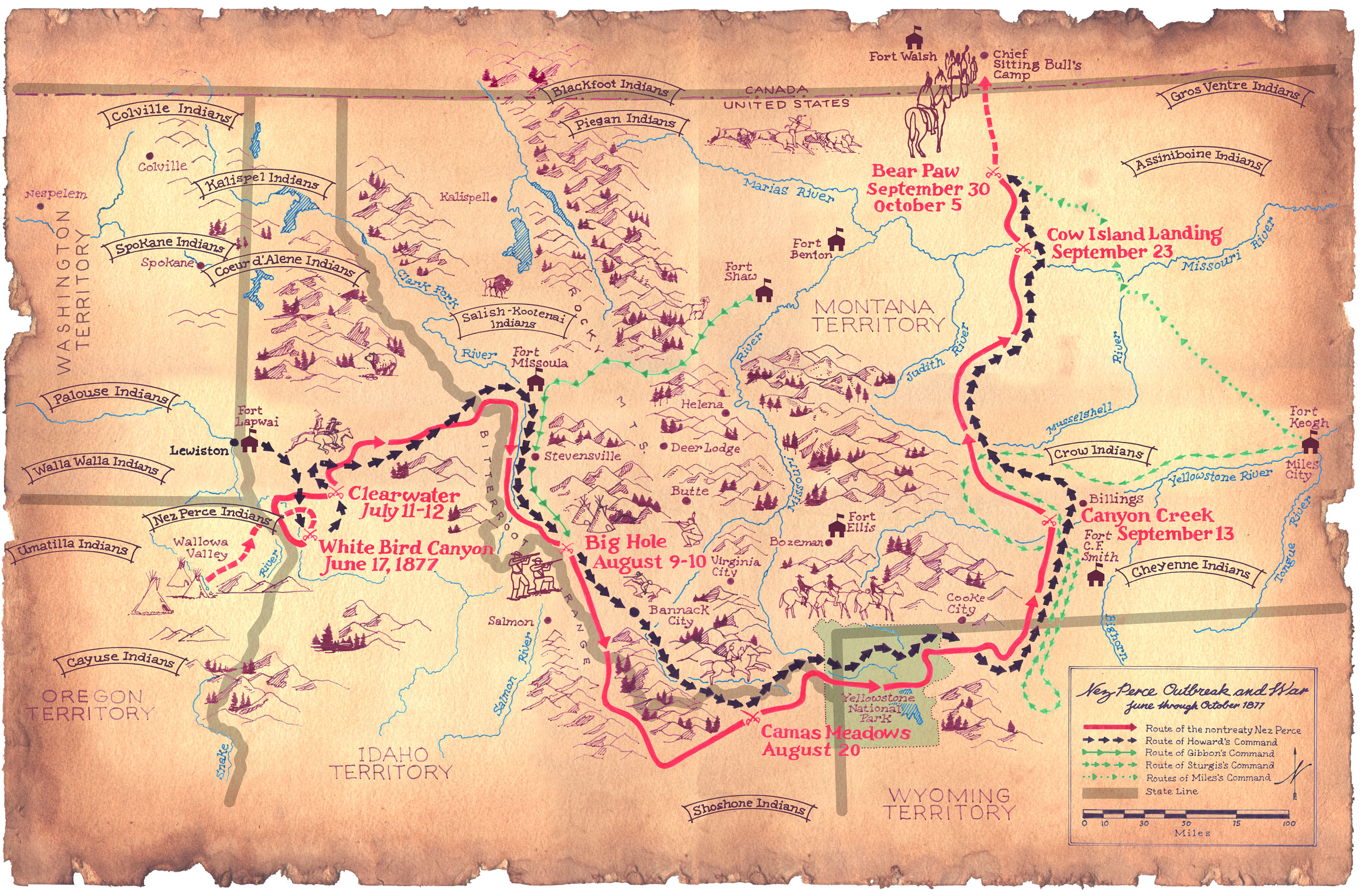When I first read the title I was anticipating a story about a spirit world/land. That the story would bring the reader to this place. That's what I get for guessing about an Indian tale.
The spirit world is toward the Darkening Land that was located higher up. The story is told that when the spirits come back from this world the Crow is the leader. This is because the Crow is black in color like the Darkening Land.
As for the people they were in the living world, the Sunrise Land. The Crow decided that he would bring different worlds together. Crow had taken a pebble with his beak and dropped in into the water. The pebble became a mountain! This allowed the Indians to come down the mountain side to the edge of the water.
 |
| Crow flying above water: Wikimedia.com |
The next step Crow made was taking blades of grass. When he Crow dropped the grass new land was made!
The last step, Crow took twigs in his beak. When Crow dropped them it covered the new earth with a forest of trees.
Thanks to Crow the Indians have a new world to live on!
When I read this story it made me think of the story of the beaver and the Coyote. They had an epic battle that they fought so hard they created the great lakes. Kind of like hoe Crow created this new earth. It also reminded me of other creation stories from different tribes.
I tend to really enjoy the creation stories from all different units. I like how it wasn't the people who created the world. It is usually animals that do. One of the reasons I like to believe the Indians have such a strong connection with the animals. As well as with the plants and rest of nature around them. They all work together and live in harmony.





